The Vastu Purusha Mandala is an ancient blueprint in the Vastu Shastra that represents the cosmic energy grid governing architectural design. It symbolises the cosmic entity and embodies the harmony between the divine and space. This informative diagram, beautifully designed with squares and circles, illustrates how space is allocated within a building. It has an impact on the layout of houses and buildings because it embodies the spirit that resides within the soil. The Vastu Purusha Mandala synchronises human existence with global energies by delineating boundaries for specific purposes and promoting balance and harmony. Understanding this mandala helps create environments that resonate with positive energy, promoting prosperity and well-being.
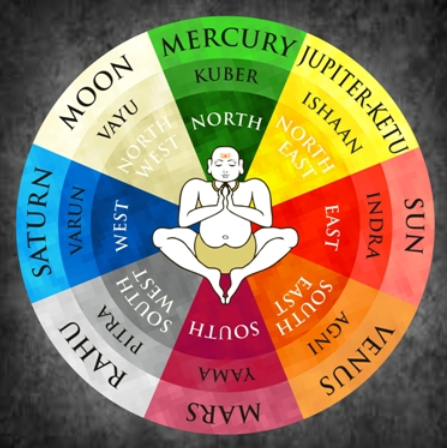
Tracing the Threads of Vastu: A Historical Odyssey
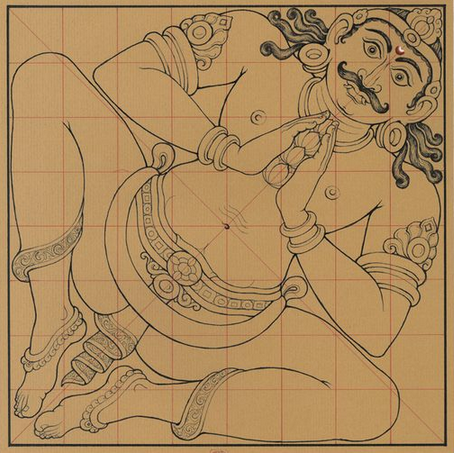
According to ancient Indian beliefs, Vastu Purusha is a cosmic entity associated with the creation of Vastu Shastra, an architectural guide. Legend has it that during primordial times, when Earth was being formed, a powerful being named Vastu Purusha emerged, vast and dynamic. His presence unsettled the balance of the cosmos, causing turmoil.
To restore harmony, the celestial Gods subdued and pinned Vastu Purusha to the ground, each part of his body aligning with cardinal directions. It is said that Vastu Purusha agreed to this arrangement under one condition: that he would become the presiding deity of architecture and spaces, influencing how buildings and homes are constructed.
Vastu Purusha’s Influence on Architecture
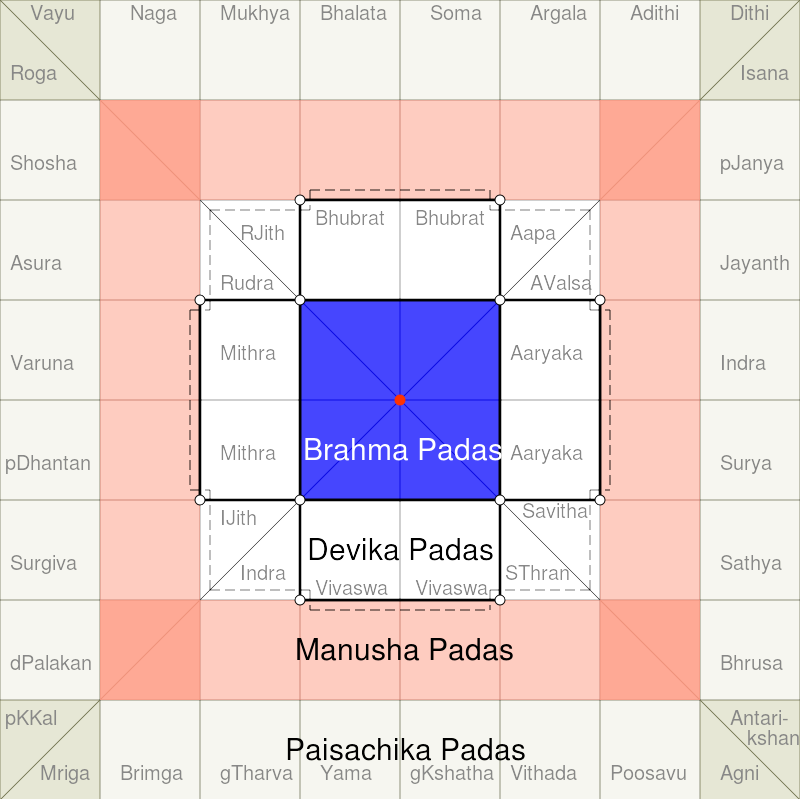
Vastu Shastra, the ancient architectural guide, is based on the belief that aligning structures with the body of Vastu Purusha ensures harmony, balance, and positive energy flow within living spaces. Architects and planners use this concept to design buildings, arranging rooms, entrances, and even entire layouts based on the position of Vastu Purusha’s body parts.
In essence, Vastu Purusha’s creation and subsequent connection to Vastu Shastra emphasise the belief in aligning human habitats with cosmic energies for well-being, harmony, and prosperity. When Vastu principles are used in the design of a home, all Gods are worshipped, including Brahma, Vishnu, Mahesh, and other Gods and Goddesses, the same gods who planted Vastu Purusha on the earth. As a result, blessings, prosperity, and good health are brought into a home.
Unlocking the Power of Vastu Purusha
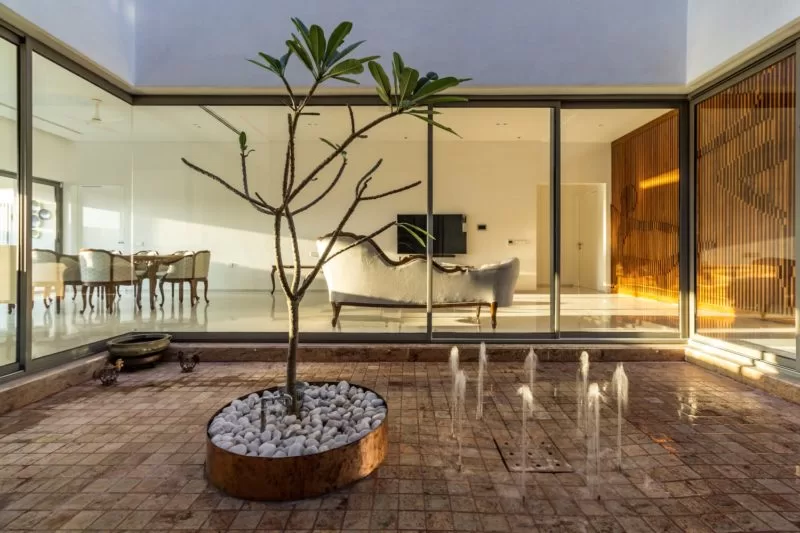
The Vastu Purusha Mandala comprises several components, each bearing significance in architectural design. Listed below are the components of the Vastu Purusha Mandala.
1. Brahmasthan (Central Area):
At its core lies the Brahmasthan, the pivotal point signifying balance and stability. This central space, devoid of construction, fosters harmony and energy circulation, ensuring a tranquil environment conducive to positivity and growth.
2. Grid Structure (Mandala):
The Mandala, a geometric grid, organises the layout into squares or rectangles. Each sector corresponds to specific deities, elements, or functions, dictating the purpose and energies associated with that zone within the structure. This systematic arrangement harmonises human habitation with cosmic forces.
3. Directional Zones:
Aligned with cardinal directions, each zone embodies particular significance. The North represents wealth and career; the East symbolises enlightenment and knowledge; the South governs strength and vitality; and the West signifies contentment and prosperity. These directional divisions guide the positioning of rooms and functions within the building.
4. Vastu Purusha (Cosmic Being):
Depicted as a human figure lying face down, Vastu Purusha symbolises the dwelling’s soul. Each body part corresponds to a specific direction, influencing the layout. Designing spaces in alignment with these orientations taps into the harmonising energies of the cosmos, enhancing well-being.
5. Energy Flow and Elemental Integration:
The Mandala’s structure harmonises the interaction between the five elements (earth, water, fire, air, and space) within the living spaces. Ensuring proper circulation and integration of these elements fosters a balanced and auspicious environment, vital for occupants’ physical and mental prosperity.
Here’s a breakdown of directions in Vastu Shastra, their link to Vastu Purusha, the ruling deities, and their impact on architectural planning:
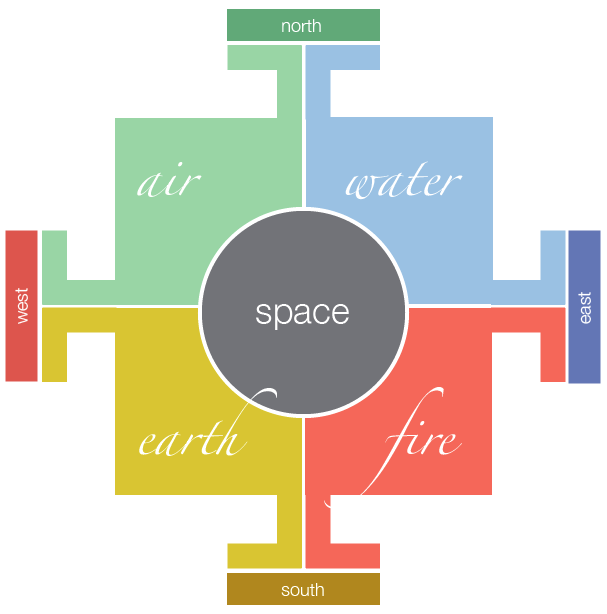
1. North (Uttara):
Linked to Vastu Purusha’s head and governed by Kubera, the deity of wealth, this direction influences architecture planning. Designing living spaces, entrances, or financial areas here fosters career prospects and mental clarity, ensuring positive energy flow and wealth accumulation within the structure.
2. East (Purva):
Corresponding to Vastu Purusha’s face and ruled by Indra, the god of new beginnings, the East impacts architectural layouts. Placing study areas, entrances, balconies, and verandahs in this direction promotes enlightenment, fresh starts, and a conducive learning environment.
3. South (Dakshina):
Aligned with Vastu Purusha’s lower body and governed by Yama, the deity of justice, the South affects architectural design. Positioning utilities or bedrooms in this zone supports physical health, stability, and balanced energy flow within the space.
4. West (Paschima):
Connected to Vastu Purusha’s torso and ruled by Varuna, the god of water, the West significantly influences architectural arrangements. Allocating living spaces such as dining rooms or relaxation areas in this direction enhances contentment, prosperity, and social harmony within the structure.
5. Northeast (Ishanya):
Representing spirituality and overseen by Eeshanya, a form of Lord Shiva, the Northeast impacts architectural blueprints. Placing meditation spaces or study rooms here attracts positive energies, abundance, and peaceful vibes within the building.
6. Northwest (Vayavya):
Ruled by Vayu, the wind god, symbolising support and opportunities, the Northwest influences architectural design. Planning guest rooms or offices in this direction encourages helpful connections, networking, and favourable prospects within the structure.
7. Southeast (Agneya):
Governed by Agni (the fire god), denoting dynamism and progress, the Southeast significantly shapes architectural layouts. Allocating kitchens or workspaces in this zone stimulates productivity, growth, and success within the building.
8. Southwest (Nairutya):
Associated with stability and prosperity and ruled by Nairitya, the deity of night, the Southwest profoundly impacts architectural configurations. Designing master bedrooms or heavy structures here ensures stability, longevity, and financial growth within the structure.
Energizing Spaces: Vastu Purusha’s Architectural Symphony
Scientifically, these directional alignments impact natural light, air circulation, temperature regulation, and psychological well-being, influencing the recommended room placements in Vastu. Integrating these scientific principles into architectural planning creates spaces conducive to health, harmony, and balance, enhancing the overall quality of life within a dwelling.
1. North:
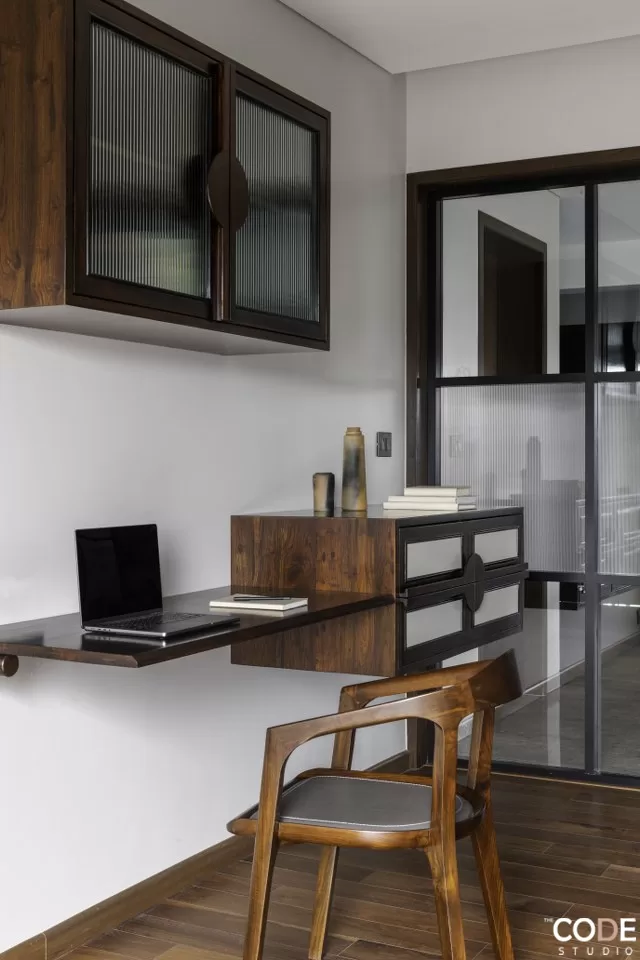
Recommended for offices or study rooms due to increased sunlight exposure aiding in mental clarity, productivity, and fostering intellectual pursuits.
2. East:
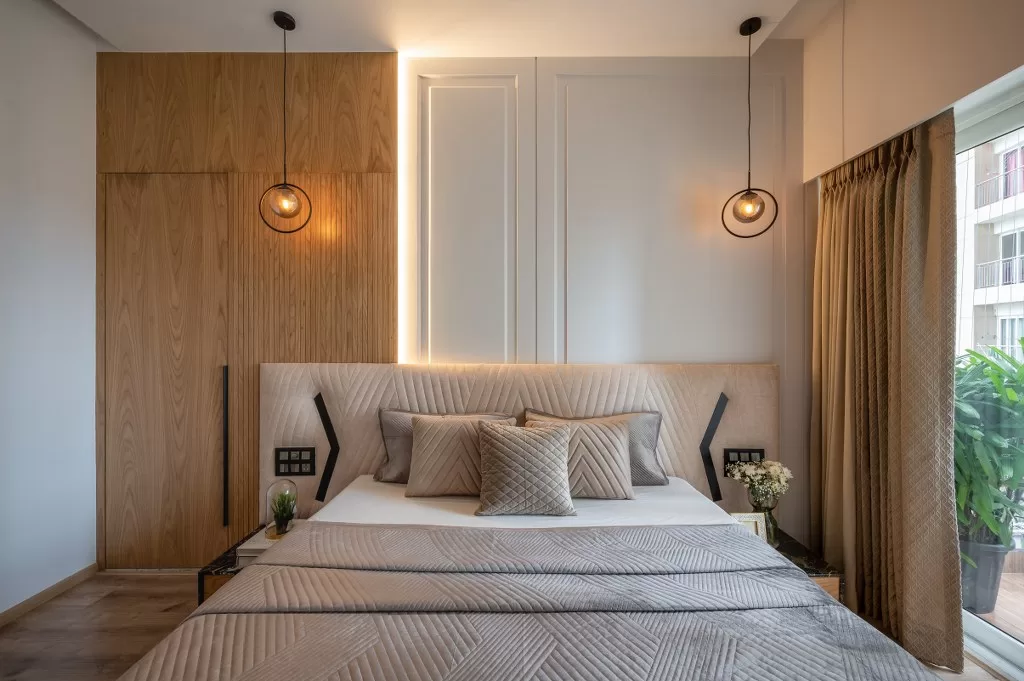
Ideal for bedrooms or meditation areas, it receives early morning sunlight, promotes a healthy sleep-wake cycle, enhances mood, and facilitates spiritual practices.
3. South:
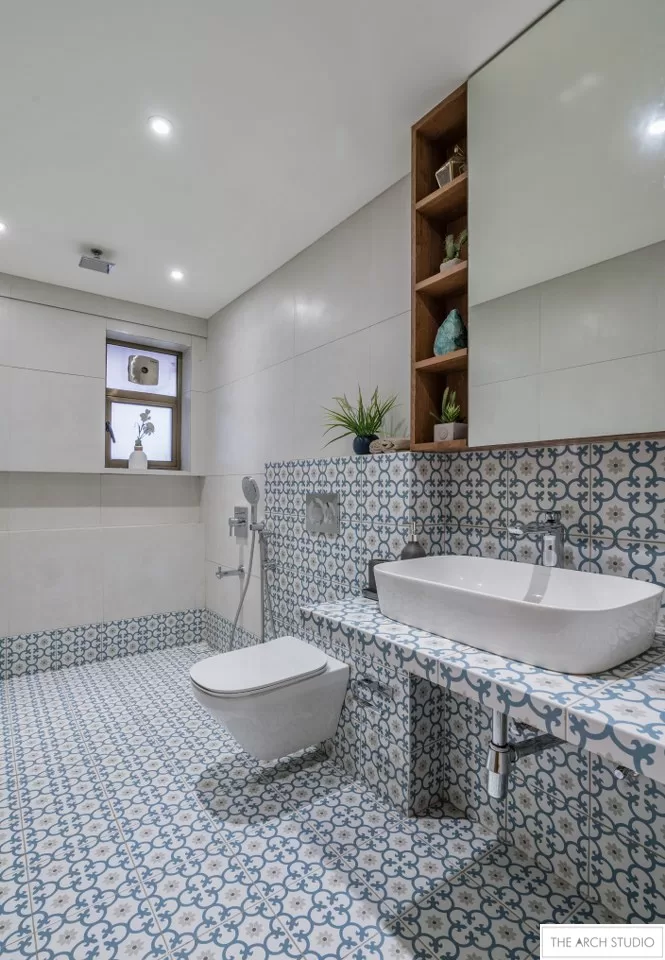
It is suitable for utilities like bathrooms or storage areas due to its association with heat and enhanced UV exposure, aiding in germ elimination and maintaining cleanliness.
4. West:
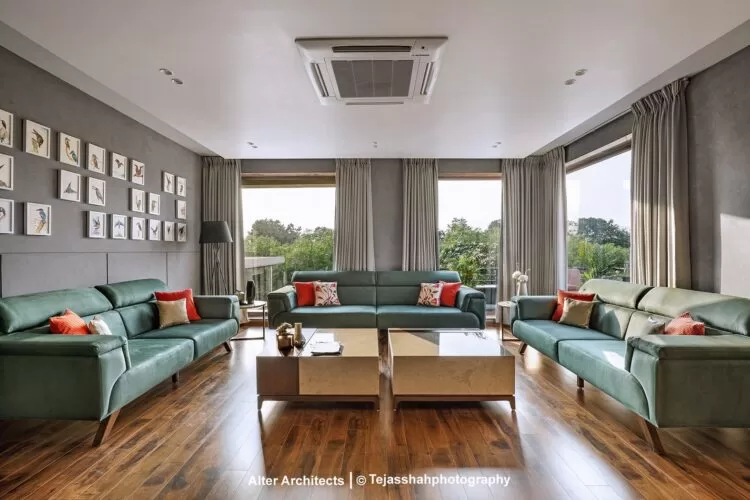
Suitable for living rooms or guest areas, benefiting from evening sunlight, encouraging relaxation and social interactions, and fostering family harmony.
5. Northeast:
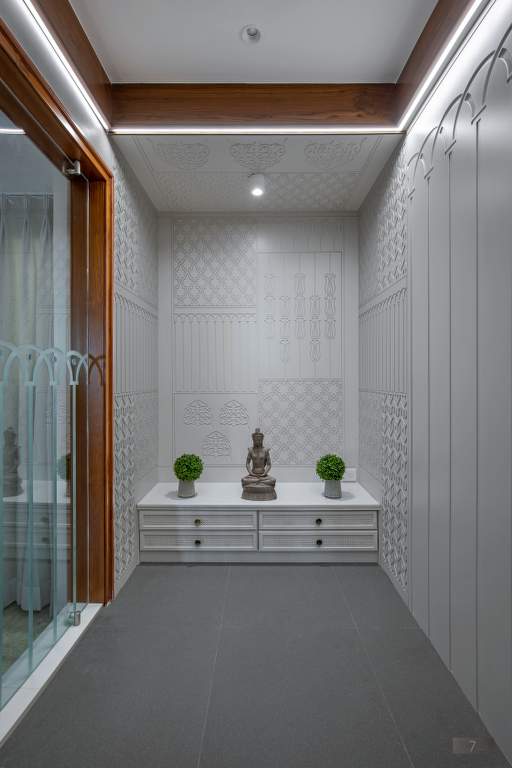
Perfect for prayer rooms or meditation spaces, receiving gentle morning sunlight, ensuring peacefulness, and fostering a serene atmosphere for spiritual practices.
6. Northwest:
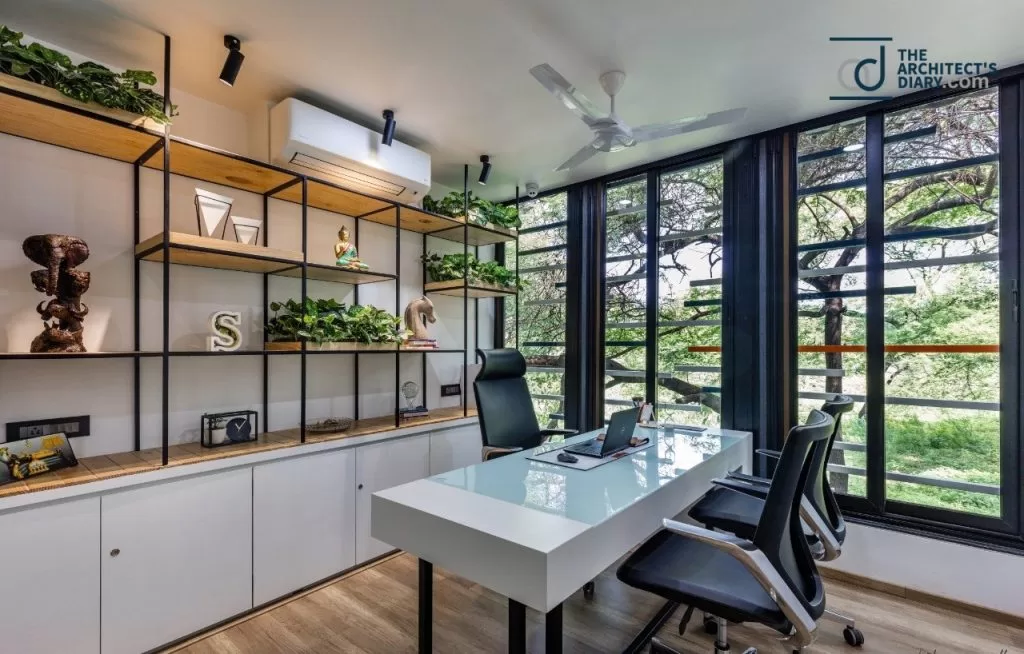
Ideal for guest rooms or offices, it facilitates ventilation, ensuring fresh air circulation, and aiding in mental clarity and focus.
7. Southeast:
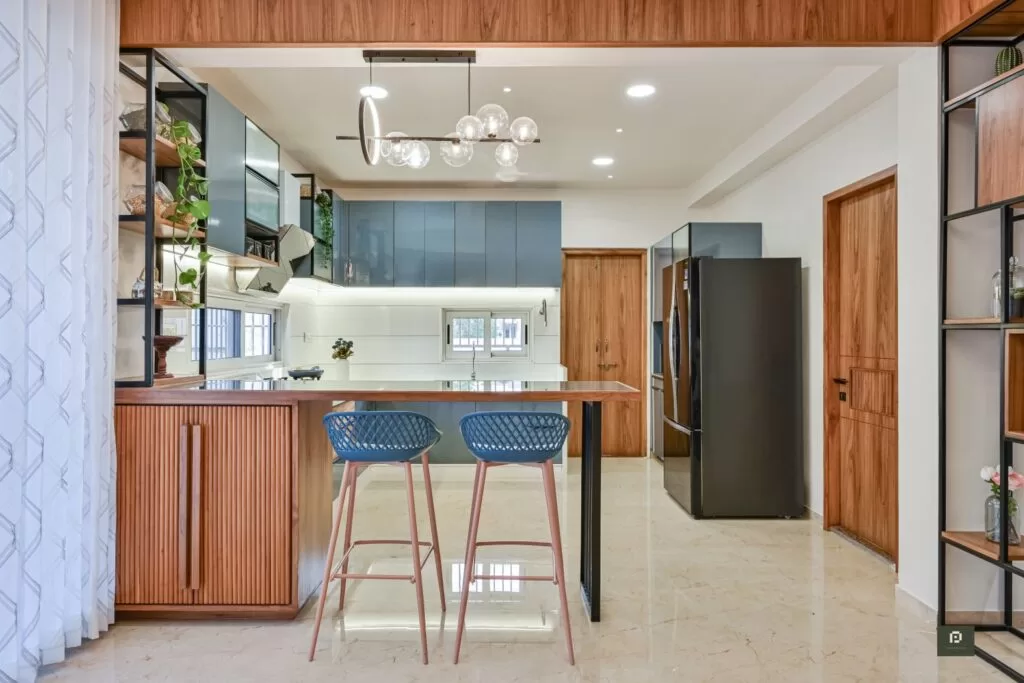
Recommended for kitchens or dining areas due to maximum exposure to sunlight, it promotes metabolism, vitality, and overall health.
8. Southwest:
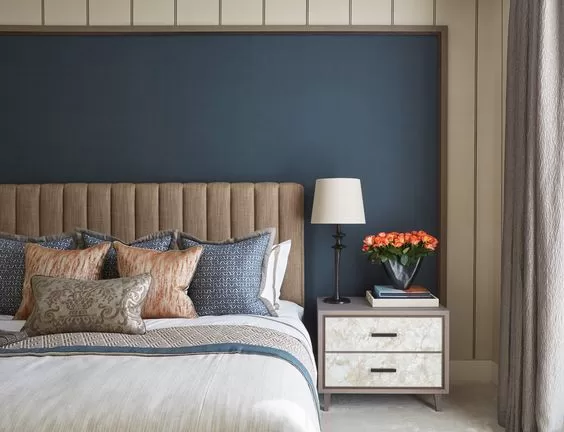
Best for master bedrooms or heavy structures, providing stability and peace and ensuring restful sleep due to reduced external disturbances.
The influence of the Vastu Purusha Mandala on architectural planning spans millennia, emphasizing the harmonious alignment between space and cosmic energies. Incorporating Vastu Purusha Mandala principles in modern designs involves subtly integrating directional alignments, central spaces, and elemental balance. Architects may orient entrances in beneficial directions, create open central areas following the Mandala’s blueprint, and harmonize elements for optimal energy flow based on this ancient architectural template. While not strictly adhering, integrating Vastu Purusha Mandala concepts can significantly enhance spatial functionality, promote well-being, and infuse structures with positive vibrations. By respectfully weaving these ancient principles into contemporary designs, spaces can resonate with balance, fostering environments conducive to harmony, prosperity, and a holistic sense of well-being.
Content Writing And Research By: Ar. Rochelle Dayal
The post Unlocking Vastu Purusha Mandala: Planning Secrets for Harmony appeared first on The Architects Diary.
Leave a Reply